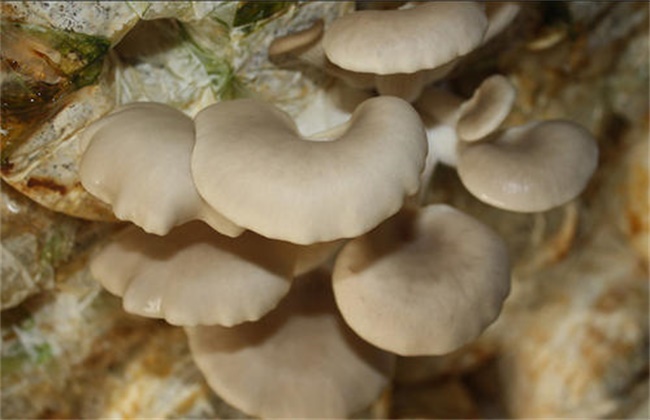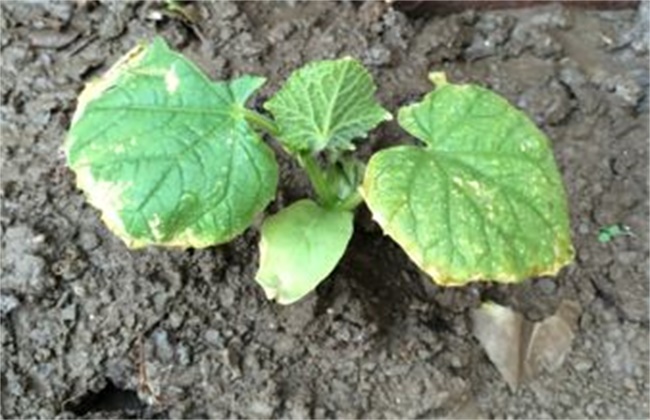Control methods of Sclerotinia sclerotiorum
Fennel is a common inhibition of leafy vegetables, and Sclerotinia sclerotiorum is a common disease in the process of planting, which will seriously reduce the yield of fennel if it is not controlled in time. So how to control Sclerotinia sclerotiorum of fennel? Let's get to know it with the editor.

1. Symptoms
Sclerotinia sclerotiorum of fennel pay attention to harm the petiole and stem near the ground, the diseased part often appears brown water-immersed irregular spot, behind the disease part will gradually wet rot, the tissue above the disease part often withered, in serious cases, the aboveground part withered due to lack of nutrients and water. In a humid environment, the disease will produce a large number of white hyphae, after which the white hyphae will kink into black sclerotia.
2. Occurrence regularity
Sclerotinia sclerotiorum is a fungal disease. the pathogen overwinters mainly by sclerotia in soil or mixed in seeds, and ascospores spread by wind and rain when conditions are suitable in the next year. The onset time of it is different in different areas, and it is very easy to occur in continuous cropping, heavy soil, low-lying terrain, poor drainage and stagnant water; in addition, excessive planting density and poor field permeability will also induce the disease; uneven fertilizer and water will also give the disease a chance when the plant grows too long, thrives or grows too weak and has low resistance to disease; low temperature in early spring, long-term overcast and rain, long-term humidity in the protected land is more serious.
3. Prevention and control methods
Rotation with non-umbellid vegetables for 2-3 years, flood and drought rotation can be carried out under certain conditions, and cultivation should be carried out on flat land that is not easy to accumulate water as far as possible. improper management of fertilizer and water should be strengthened to promote its robust growth and enhance disease resistance. it should be enough to prevent wind and moisture in time, and cultivate as little water as possible in low temperature season to avoid flooding. When diseased plants are found, they should be removed and taken out of the field in time, and the corresponding chemicals should be sprayed for control. After harvest, they can be deeply turned over or irrigated and soaked or closed for 10 days, and the surface sclerotia can be killed by high temperature, or the seeds can be disinfected before sowing.
The above is the introduction of the prevention and control methods of Sclerotinia sclerotiorum. I hope it can help you. If you want to know more about it, please follow us.
Related
- Where is it suitable to grow horseradish in China? it is expected to see the middle altitude horseradish in Alishan.
- How to prevent tomato virus disease reasonably? (Control methods included)
- Many people like to plant towel gourd on the balcony. What are the main points of this method and management?
- What crops can chili peppers be mixed with?
- Fertilization techniques and matters needing attention in Tomato
- What are the grafting techniques for peach seedlings in spring?
- Harm and control methods of root swelling disease of Chinese cabbage
- What are the pests of sweet potatoes? How to prevent and cure it?
- Symptoms, causes and Control methods of navel Rot in Tomato
- The cause of "Cucumber rotten bibcock" in Farmers' planting Cucumber and its Control Plan



